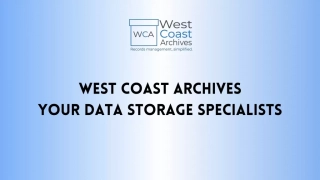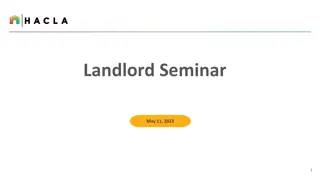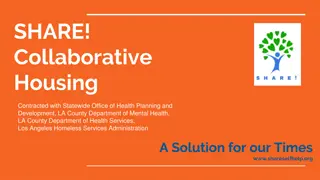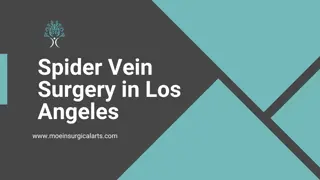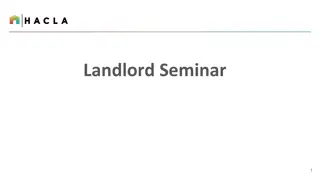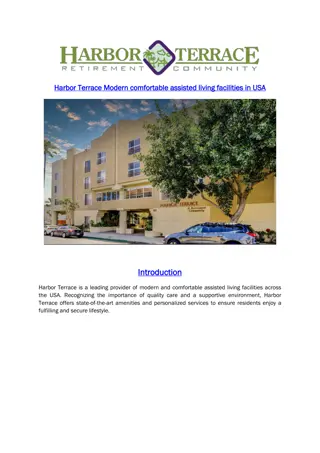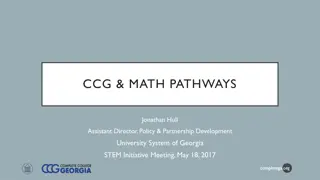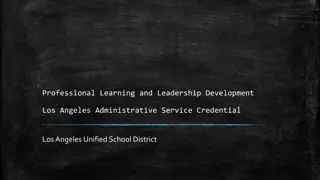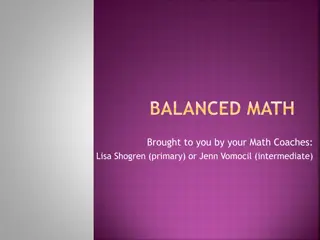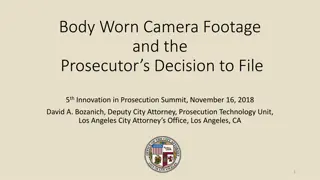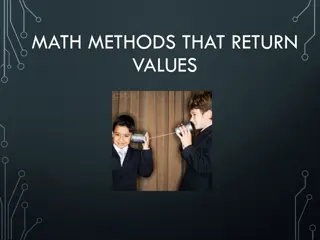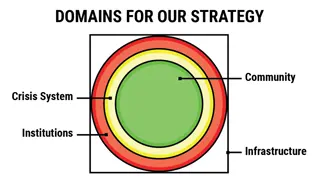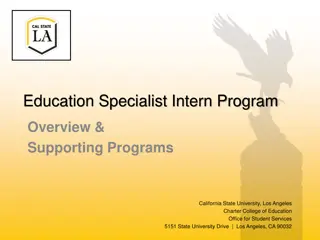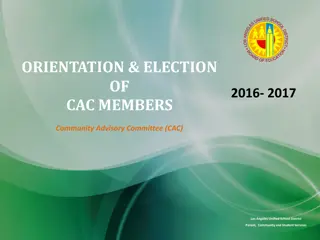Enhancing Common Core Aligned Math Lessons for Los Angeles Students
Plan and implement Common Core aligned problem-based math lessons using John Van de Walle's Three-Phase Structure to prepare Los Angeles students for college and career success. Explore strategies to cater to diverse learners such as English learners, Standard English learners, Students with Disabilities, and Gifted and Talented students. Make connections between Common Core Standards for Mathematical Practice and the enVisionMATH program for effective teaching and learning outcomes.
Download Presentation

Please find below an Image/Link to download the presentation.
The content on the website is provided AS IS for your information and personal use only. It may not be sold, licensed, or shared on other websites without obtaining consent from the author. Download presentation by click this link. If you encounter any issues during the download, it is possible that the publisher has removed the file from their server.
E N D
Presentation Transcript
Common Core Planning for Content & Practice Preparing Los Angeles Students for College and Career
Outcomes Plan a Common Core aligned problem-based lesson using John Van de Walle s Three-Phase Structure Teachers will be expected to facilitate (at least) one problem-based lesson a week during the 2013-14 school year Identify strategies that meet the needs of our diverse learners: English learners (EL), Standard English learners (SEL), Students with Disabilities (SWD), and students identified as Gifted and Talented (GATE) Make connections between the Common Core Standards for Mathematical Practice and the enVisionMATH program
Three-Phase Structure BEFORE DURING AFTER
Three-Phase Structure BEFORE 5 Minutes Activate prior knowledge Review vocabulary Pose the problem Ensure that students understand the task DURING AFTER
Three-Phase Structure Let go! Circulate as students independently work in pairs or groups Ask questions to focus, assess, and advance student thinking Decide which solutions will be selected for sharing BEFORE DURING 20 Minutes AFTER
Three-Phase Structure Facilitate the sharing of two or more solution paths BEFORE Order selected solutions to help generate a mathematically productive discussion Facilitate a student-centered discussion so that students: Develop an understanding of the concept Add on to and question solutions shared Make connections between the solutions presented Find generalized characteristics within the problem DURING AFTER 15 Minutes Summarize the main idea and identify next steps, future problems
Anticipating As a grade level team, select one task for planning purposes. Task
Anticipating Evaluate the rigor of the task using the Task Analysis Guide. Modify the task as needed. Record the agreed upon task on the planning sheet.
Think Pair Share There is no decision that teachers make that has a greater impact on students opportunities to learn and on their perceptions about what mathematics is than the selection or creation of the tasks with which the teacher engages students in studying mathematics. - Lappan & Briars, 1995
Anticipating Review the math goals and suggestions for activating prior knowledge. Math Goals What might you add to meet the needs of our diverse learners (EL, SEL, SWD, At- Risk, GATE)? Activating Prior Knowledge Record ideas on the Interactive Learning handout
Anticipating Possible Solution Paths Solve the problem as many ways as possible on the planning sheet.
Anticipating Grade Level Discussion: What misconceptions might students have? What errors might students make? Which three student solution paths might be shared during the After phase? Why? Number them sequentially and record a rationale.
College & Career Ready Master Plan Teaching & Learning Framework Common Core Lesson Design Template Instructional Goals and Objectives Prior Knowledge Additional Support for Specific Groups of Learners
Think Pair Share Pedagogy trumps curriculum. Or more precisely, pedagogy is curriculum, because what matters is how things are taught, rather than what is taught. (Wilian, 2011) Common Core Mathematics in a PLC at Work Larson, Fennell, Lott Adams, Dixon, McCord Kobett, Wray
The Standards for Mathematical Practice Overarching Habits of Mind MP1 Make sense of problems and persevere in solving them. MP6 Attend to precision. Reasoning & Explaining MP2 Reason abstractly and quantitatively. MP3 Construct viable arguments and critique the reasoning of others. Modeling & Using Tools MP4 Model with mathematics. MP5 Use appropriate tools strategically. Seeing Structure & Generalizing MP7 Look for and make use of structure. MP8 Look for and express regularity in repeated reasoning.
College & Career Ready Master Plan Teaching & Learning Framework Common Core Standard 3: Delivery of Instruction b. Using Questioning and Discussion Techniques 1.Quality and Purpose of Questions 2.Discussion Techniques and Student Participation
Questioning Record MP3 aligned questions you will ask during each of the three phases. Effective questions often begin with How, What, & Why. A question not asked is a door not opened. - Marilee Goldberg, The Art of the Question
College & Career Ready Master Plan Teaching & Learning Framework Common Core SDAIE Interactions Do I provide many different opportunities for students to talk about the lesson concepts? Do I provide many opportunities for questioning between students and teacher and among students? Do I plan real-life (authentic) activities that offer opportunities for listening, speaking, reading, and writing?
Grade Level Charting Create a poster that demonstrates your problem-based learning, including: The task Three possible solution paths A key question for each phase
College & Career Ready Master Plan Teaching & Learning Framework Common Core Anchor Standards for ELA and Content Literacy Reading 1: Read closely to determine what the text says explicitly and to make logical inferences from it; cite specific textural evidence when writing or speaking to support conclusions drawn from the text. Speaking and Listening 1: Prepare for and participate effectively in a range of conversations and collaborations with diverse partners, building on others' ideas and expressing their own clearly and persuasively.
Vertical Articulation Circulate the room with your school team. Record new ideas as peers share their posters. When you arrive at your grade level poster, present the work to your school team.
Resources Literature Connections Additional Resources enVisionMATH
Thank You Your goal will be to develop in students both conceptual understanding and procedural fluency of the CCSS content through the collaborative selection of high- cognitive-demand mathematical tasks with a focus on engagement with the Standards for Mathematical Practice Common Core Mathematics in a PLC at Work Larson, Fennell, Lott Adams, Dixon, McCord Kobett, Wray


